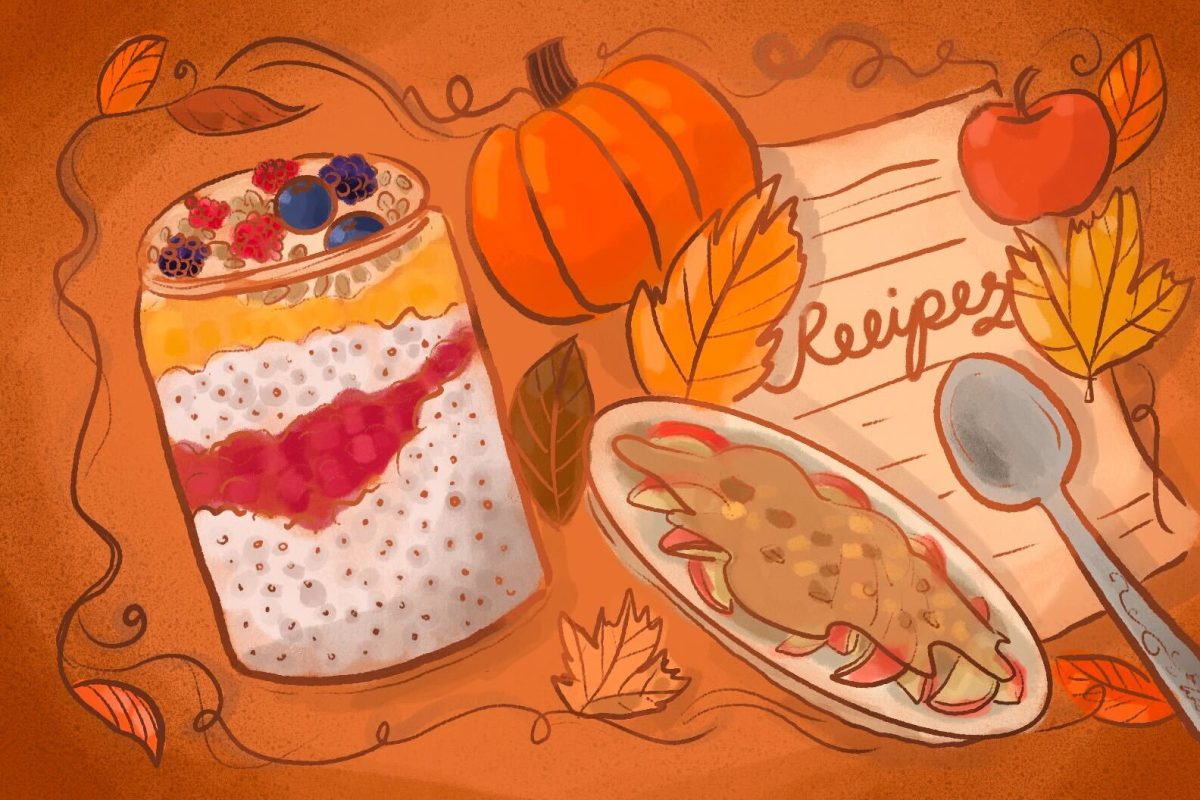A few months ago, I was one of those people who believed that going vegan to help climate change was kind of bogus. After all, how could the impact of one person cutting out animal products make a difference in the grand scheme of things?
All that changed this past winter break, when I somehow fell down the YouTube rabbit-hole of vegan content. I found that the world’s food system is responsible for around one-quarter of greenhouse gases, with the meat and dairy industries having the largest impact and plant-based foods having the lowest impact. Additionally, researchers at the University of Oxford found that not eating meat and dairy products can reduce an individual’s carbon footprint by 73 percent.
I was shocked; simply changing my diet could have a bigger impact on my personal carbon emissions than reducing the number of flights I take or driving an electric car. Before the new year came around, I decided to make it one of my 2020 resolutions to eat less meat and dairy.
Here are some tips I’ve gathered to try to make my goal a reality.
Stick to the 80-20 Rule
In a given week, try to eat 80 percent plant-based and 20 percent meat and dairy. This doesn’t have to be a hard and fast rule, but it can be helpful with planning out your meals and helping you decide what to buy at the grocery store.
Find Easy Meatless Recipes
When you get home after a long day, the last thing you want to think about is how to veganize your dinner. Familiarize yourself with a few meatless meals that are easy to make and taste good, like vegetable pasta.
Opt For Vegan Baked Goods
Baked goods are often the easiest to veganize — and they still taste amazing! Buy vegan pastries, and, when baking, swap out eggs for flax eggs, mashed banana for butter, or non-dairy milk for cow’s milk. You can also experiment with vegan recipes to find ones you like; this one from Tasty simmers toasted pecans in coconut oil to create a “browned” butter, which I think is pretty genius.
Nuts and Beans Are Your Friends
Nuts are a great source of protein! Other than eating them out of the bag as a snack, you can add them to salads for more texture, use peanut butter in sauces, or add them as an ingredient in stews. Beans are also an amazing staple and can be flavored to go with essentially everything — replace chicken with chickpeas in an Indian Butter sauce or black beans in tacos.
Try Vegetarian Dishes
Go to vegan or vegetarian restaurants in your neighborhood, and if you like the meals enough, try to replicate them at home! This is especially helpful when you’ve eaten roasted vegetables for four days in a row and you need to find new, creative ways to cook squash. Grains in University Heights has a vegan bahn mi made with jackfruit instead of pork, and it’s pretty incredible.
Take Your Time
I feel like one of the main reasons people don’t want to go vegan is that they’re so used to cooking and eating meat and dairy. Switching diets can be scary, but you don’t have to do it all at once. Start out easy, like with meatless Mondays or by committing yourself to having a vegan breakfast. Try a few vegan or vegetarian dinner recipes, and if you like them, consider adding them to your routine. Yes, your meals may taste different, but a diet without meat isn’t lackluster — it just means you haven’t found the way to cook vegan that works for you.
I’m not pledging to go full vegan. I’m not even pledging to go vegetarian. I’m just committing myself to do what I can and make more conscious decisions about what I eat, because even eating less of the foods that have a big climate footprint can make a big difference.








